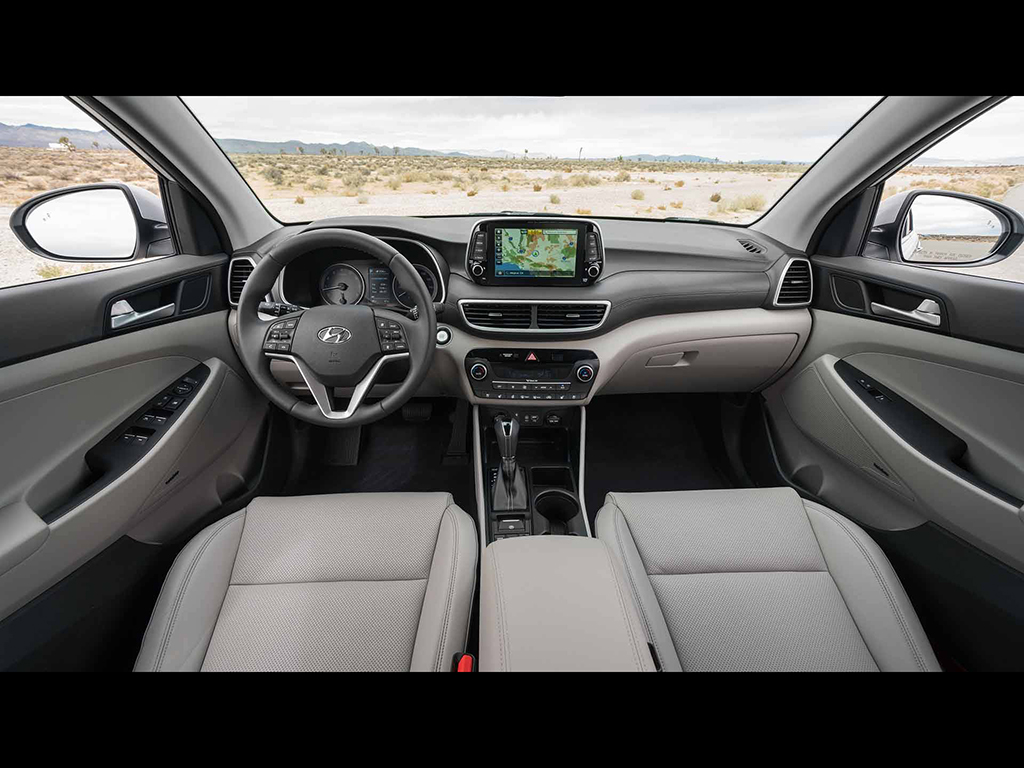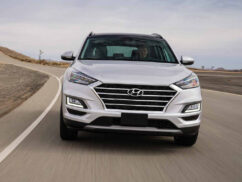2019 Hyundai Tucson ditches turbo option
Hyundai unveiled the heavily revamped 2019 Hyundai Tucson crossover at the 2018 New York Auto Show. The exterior more looks like the larger Santa Fe and the interior is completely revamped. There is more tech inside the cabin as well as under the hood, where Hyundai has done something most manufacturers don’t do nowadays, replacing a Turbo engine with a naturally-aspirated one.

There is a sharper trapezoidal hood up front with four slats instead of three. The headlights connect to the grille. There is an L-shaped strip of DRLs running inside the headlights. At the rear, the lines of the tail lights have been smoothened.

The interior gets a plethora of new features and a completely overhauled design. The infotainment system now stands on top of the dashboard and the a/c vents have been moved to the center console. The instrument cluster is also new, as is the electronic handbrake. High beam assist, rain-sensing wipers, a second-row USB charger and wireless device charging are a few of the other features offered with the Tucson.
To keep its occupants safe, Hyundai has added forward collision-avoidance assist, lane keeping assist, surround-view monitor and adaptive cruise control with stop-and-go traffic support are all provided. It is unclear how many of these features will be offered in the UAE and GCC.

Under the hood, the 2.0-litre four-cylinder petrol will continue to power the base models where it churns out 164 hp and 204 Nm. The 1.6-litre turbo-four has been replaced with a naturally aspirated 2.4-litre unit that can produce 175 hp and 264 Nm, which seems like a step backwards.
Expect the new model to reach our market by the end of the year.







Comments
Samer
It may seem a step backward, but I think these tiny turbo engines in big cars are doomed to fail for 2 reasons, First, reliability, second, putting so tiny turbo engine in a big heavy car will result in continuous hard pushing the engine to get out the performance out of it, and that will result in even worse fuel economy compared to naturally aspirated engine, there are other ways to get decent fuel economy from NA engines, get better transmission or even CVT, Mazda and Nissan did well in that recently
Abu Faris
I totally agree with you. Plus, the performance of turbo engines in hot weather is not as good as their performance in mild/cool weather.
Mohamed
Technically, by 2030 almost 50% of the engines on earth will be Turbo direct injection, due its unmatched fuel economy benefits. and they do have better transmissions as well DCT.
so true it has reliability issue but these new engine designs are very high quality material and don’t forget that this technology is already running in F1 cars, they are all 1.6 turbos some years ago!